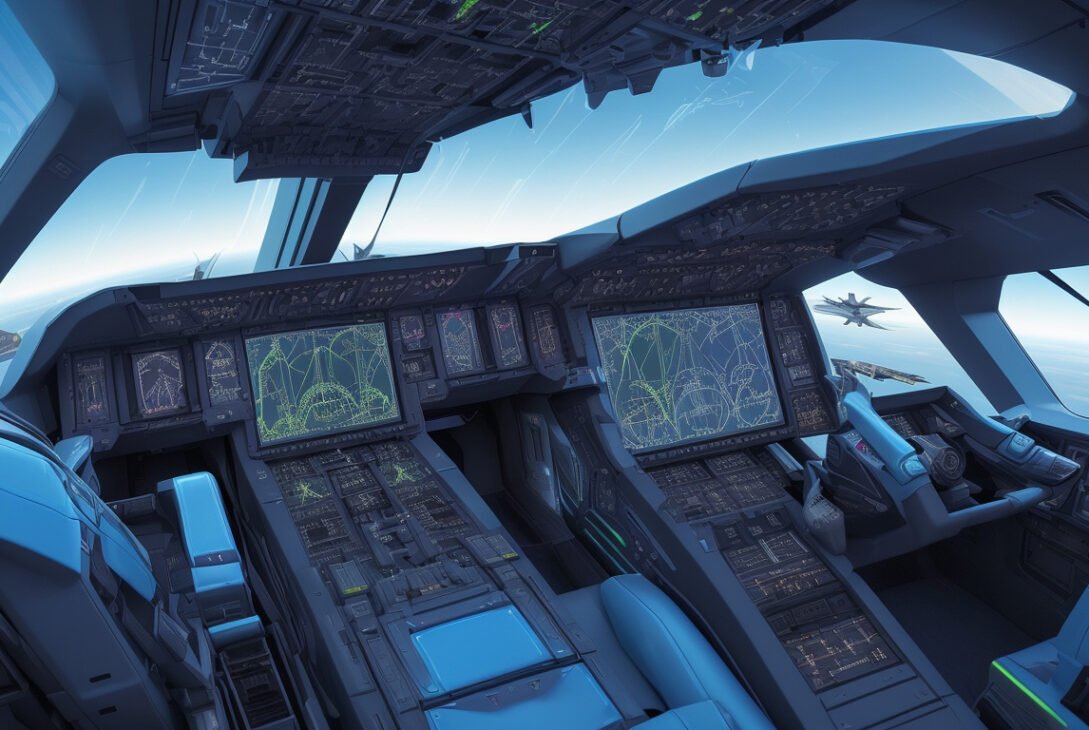New Technology Shows Promise in Helping Pilots Avoid Spatial Disorientation, Enhancing Flight Safety
By Kris Van Cleave
July 28, 2025
Spatial disorientation remains a serious hazard in aviation, contributing to 5% to 10% of all general aviation accidents, according to the Federal Aviation Administration (FAA). However, promising new technology under development at the University of Maryland could help pilots better orient themselves during flight, potentially preventing accidents and saving lives.
Understanding Spatial Disorientation
Spatial disorientation occurs when a pilot is unable to accurately determine their position relative to the Earth’s horizon—struggling to tell which way is up, down, or which direction the aircraft is banking. Former National Transportation Safety Board (NTSB) chairman and CBS News transportation safety expert Robert Sumwalt highlighted the gravity of the issue, stating, “Spatial disorientation is a big deal in aviation and it’s basically where the pilot cannot determine which way is up or down or whether the airplane is banking to the left or to the right.”
This phenomenon often occurs when pilots fly in poor visibility conditions such as clouds or bad weather. Helicopter pilots face additional challenges, as they may hover or move vertically with zero forward speed, circumstances that increase the risk of losing orientation.
Innovative Flight Suit Technology
A research team led by Professor Umberto Saetti at the University of Maryland is developing a novel flight suit intended to reduce spatial disorientation. The suit uses targeted haptic feedback—vibrations applied to different parts of the body—to provide pilots with additional sensory cues. This technology functions similarly to lane departure warnings in modern cars, alerting drivers through vibrations when they drift out of their lane.
“This suit provides another sensory cue to try and deconflict the conflicts that may arise from reading their instruments and whatever the pilot is feeling,” explains Saetti. The aim is to supplement the two primary sensory inputs pilots rely on—vision and equilibrium—with tactile feedback, helping clarify confusing or contradictory signals that can lead to disorientation.
Anubhav Datta, a helicopter pilot and University of Maryland professor working on the project, describes the challenge: “It happens when you fly into clouds or bad weather, but especially for helicopters, you can fly at zero speed. Just going up and down, it’s easy to get disoriented.” Datta and the team are currently testing prototypes that could eventually be incorporated into pilot gear or integrated directly into flight seats.
Flight Testing and Future Prospects
The researchers hope to soon advance to real-world flight tests, evaluating how haptic feedback sensations can assist pilots in regaining proper spatial awareness during challenging conditions. If successful, this technology could become a standard safety feature in both general aviation and commercial cockpits.
The High Stakes of Disorientation
The FAA reports that approximately 90% of accidents related to pilot disorientation result in fatalities. Historical incidents illustrate the human cost: investigators consider spatial disorientation a likely factor in the 1999 crash that killed John F. Kennedy Jr. In 2020, the fatal helicopter crash that killed NBA star Kobe Bryant and eight others was partially attributed to the pilot’s disorientation while flying through thick clouds. The NTSB also found that the pilot violated training protocols and federal regulations during the flight.
Improving Aviation Safety
This cutting-edge development arrives amid growing efforts to leverage technology to enhance aviation safety. By providing intuitive, real-time sensory feedback, the new flight suit technology could help pilots maintain control during critical moments and reduce accident rates associated with spatial disorientation.
As research progresses, the aviation community remains hopeful that innovations like this will help secure safer skies for pilots and passengers alike.
For more updates on aviation safety and other news, visit CBS News.
© 2025 CBS Interactive Inc. All Rights Reserved.









